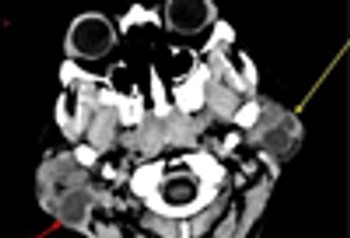
A large minority of persons with HIV infection have head and neck symptoms; parotid swellings have been noted in approximately 5% to 10% of patients with HIV-1 infection.

A large minority of persons with HIV infection have head and neck symptoms; parotid swellings have been noted in approximately 5% to 10% of patients with HIV-1 infection.

Although genetics risk explains the familial clustering of MS, it cannot fully explain the geographic distribution of MS and the changes in risk that occur with migration. Infections have been suggested as a possible explanation. The most convincing candidate for involvement in MS is the Epstein-Barr virus.
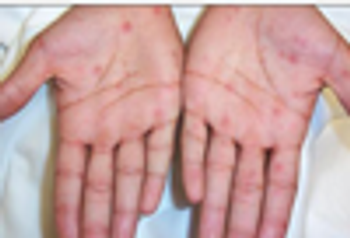
Syphilis is often called the "great imitator." The slides that follow show syphilis in various guises-and various disorders that can mimic the cutaneous manifestations of the sexually transmitted infection.
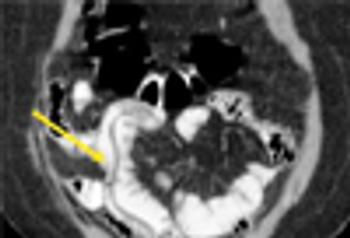
Intestinal helminthes represent one of the most prevalent types of human parasitic disease and remain a major health problem in developing countries.
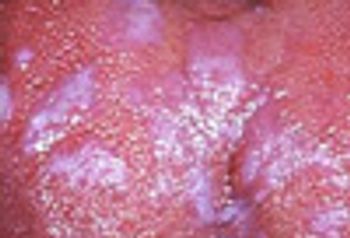
These whitish colored lesions were the result of lichen planus. Hepatitis C virus infection should be sought, since this viral infection is often associated with recent-onset lichen planus in younger persons.
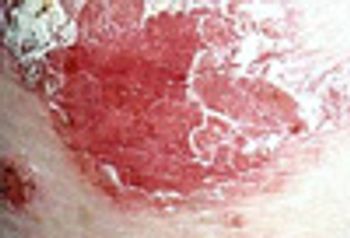
The patient knew that he had psoriasis, but failed to connect onychodystrophy to his underlying skin disease.
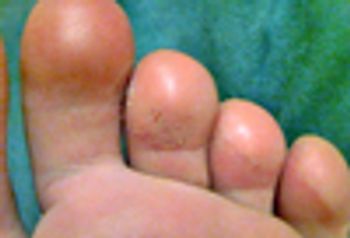
Pitted keratolysis is caused by pedal hyperhidrosis and subsequent overgrowth of bacteria that produce proteinases that dissolve keratin and lead to pit formation.
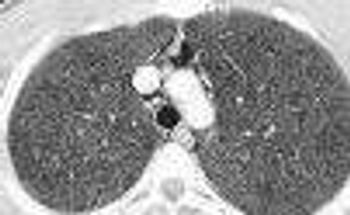
Spontaneous pneumomediastinum with subcutaneous emphysema is rare. Alveolar rupture allows air to enter the pulmonary interstitium and penetrate the mediastinum.

For many patients with diabetic peripheral neuropathy, severe pain can be controlled to a degree sufficient to improve their quality of life. Here: effective management strategies, including topical agents, oral medications, and nonpharmacological therapies (eg, acupuncture and transcutaneous nerve stimulation).

Common MS exacerbation triggers: infection, vaccination, stress, smoking, vitamin deficiency, or environmental changes.
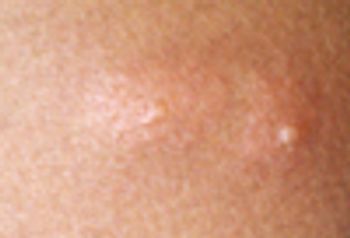
This was presumed to be an ectoparasite bite when the patient reported that she had a new pet kitten. A myriad of diagnostic possibilities exist, including the start of a drug eruption or viral infection, early allergic contact dermatitis, or first manifestation of an autoimmune bullous disease.
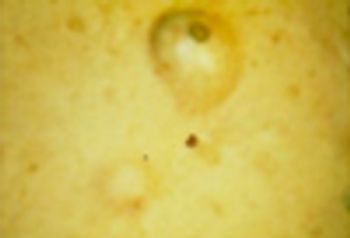
Epidermoid cysts may be treated with intralesional injections of phosphatidylcholine to avoid potential recurrence, eliminate scarring, and reduce cost.
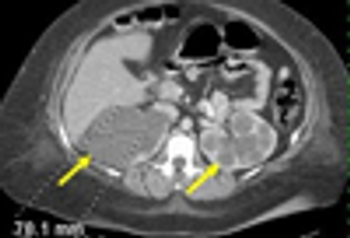
Autosomal dominant polycystic kidney disease (ADPKD) is common. Presenting symtpoms include hypertension, hematuria, proteinuria, and renal insufficiency.

For most patients who have had low back pain for less than 6 weeks, there is little need for imaging studies.

Is the increased risk of IBD due to pollution, a too-clean home, or antibiotics? Or none of the above?
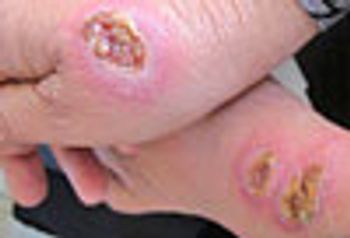
Leishmaniasis remains an important infection which can be “imported” from endemic foci, such as the Middle East.
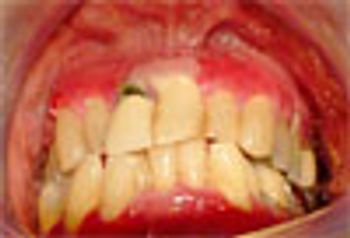
Benign mucous membrane pemphigoid is an autoimmune disease; that involves the oral mucosa and eyes. Clinical signs: edematous bright red gingiva and bullae formation.
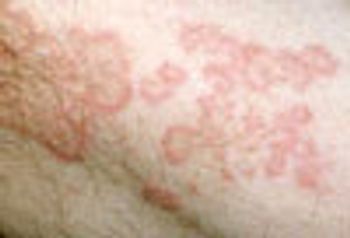
This itchy, scaly rash extending from the underarm onto the upper arm was tinea corporis.
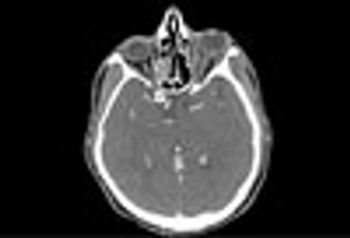
A 58-year-old man with a past medical history of chronic sinus disease and hypothyroidism presented with left periorbital pain and erythema that worsened despite outpatient treatment with topical antibiotics. An outpatient CT scan showed pansinusitis and orbital stranding. The diagnosis was orbital cellulitis and sinusitis.
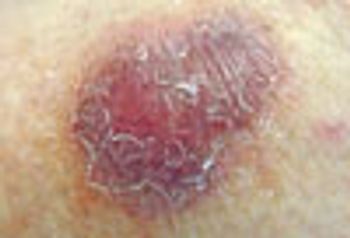
A 67-year-old woman noted the appearance of several non-tender, rock-hard, purple-colored nodules on her legs. Her past medical history was significant for distant non-Hodgkin lymphoma.
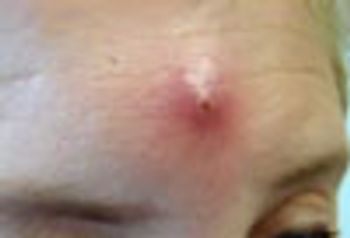
A boil, painful and nasty: Is it a cyst? Is it a bug bite? Should you culture? Is it MRSA? How should you treat it? What if it recurs? Listen and learn.
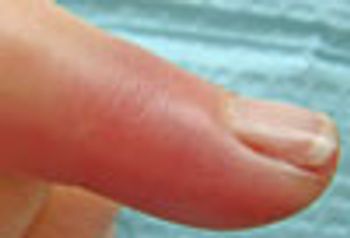
A 32-year-old woman presents with a swollen, painful fourth digit on the right hand. While housecleaning, a traumatic erosion developed on the ipsilateral hyponychium.

Would you treat the elevated A1C aggressively-and what would your target level be? Would you consider statins? Dr Shahady invites your insights.
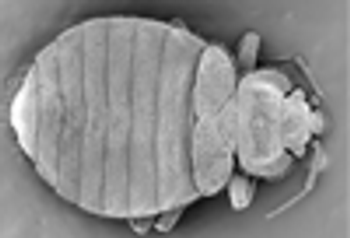
Here: a review of the potential health effects of bed bugs, diagnosis and treatment, and comments about future directions in bed bug control and public health efforts to manage the pest.
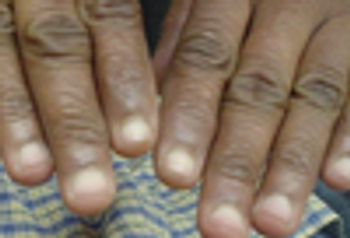
What is causing this clubbing of the fingernails, and what is it called?